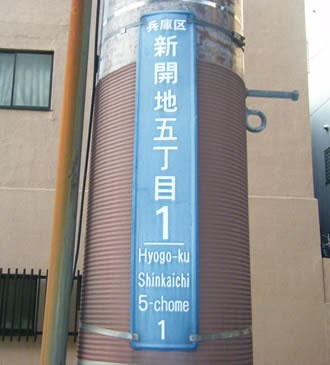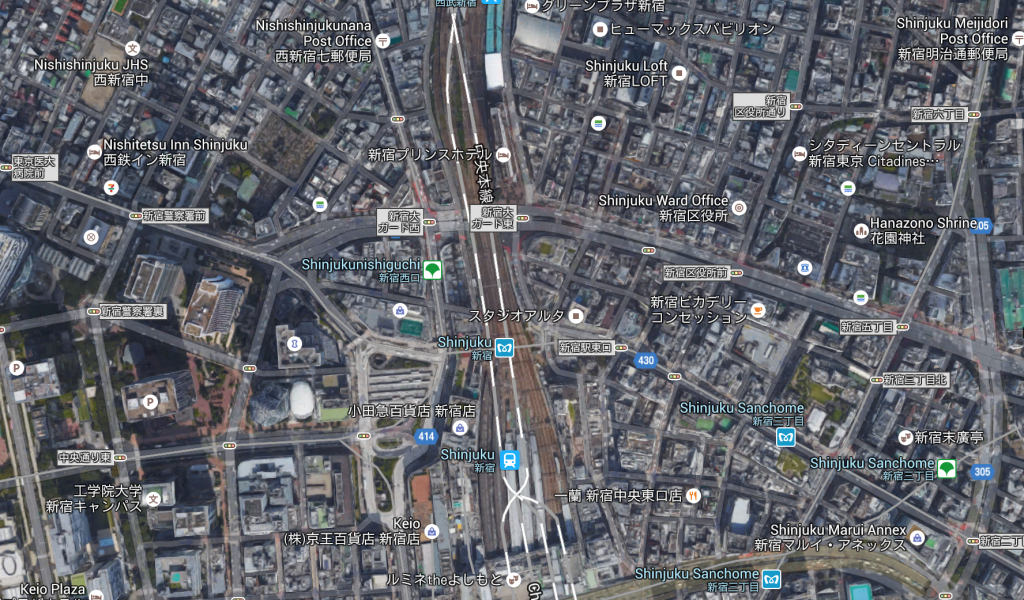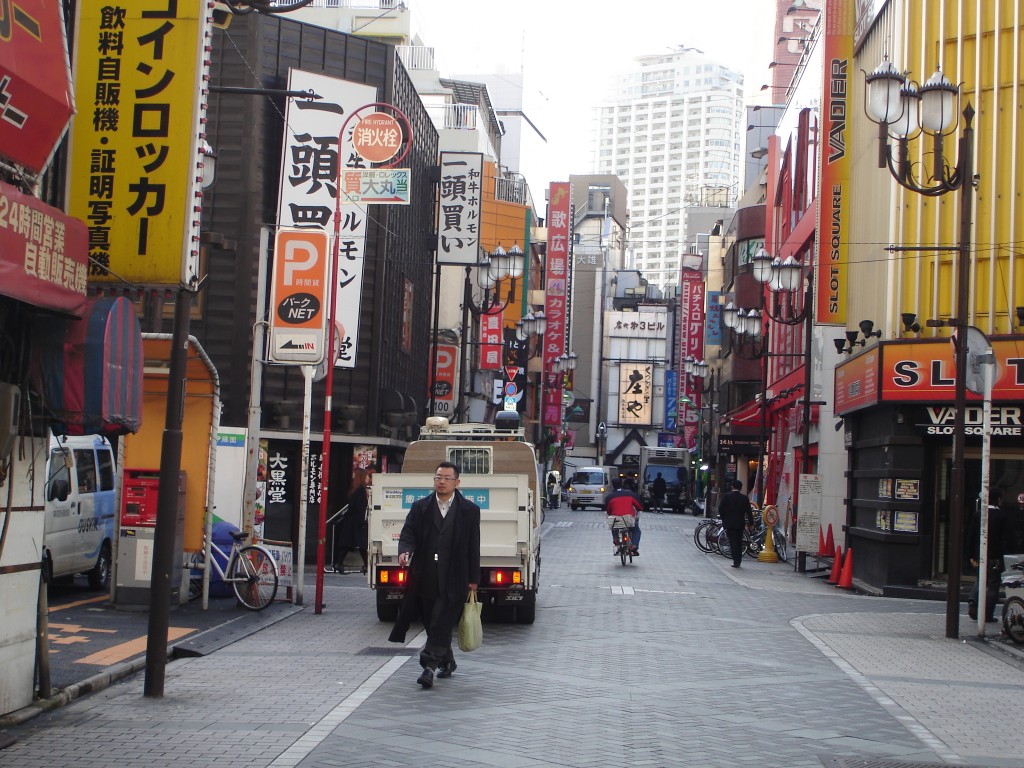Getting around Tokyo can be tricky
Tourists have to prepare a lot of things before arriving in any country, but one that many don’t think about is how to use local maps. That’s often because you can count on most countries’ address systems being the same, but Japan uses a unique method that may get you lost in Tokyo during your first trip.
In most other countries, streets have a name and the numbers of the buildings go up as you walk along the street. It makes finding a building for the first time extremely easy, as map directions use street names, so you know where to turn and such.
However, Japan does not have street names. Instead, building addresses are split into three numbers. The first is the Chome – a number for the whole area. This is followed by the block number and finally, the building number. The building number depends on the age of the building. The oldest building is number 1, with higher numbers representing newer ones. Sign posts do show which chome and block you’re currently in; however, knowing how to walk to the next can be tricky because blocks are often spread across main roads and sporadically placed. It can make getting around in Tokyo–or any other Japanese city a pain.

This is a distressing situation for any tourist, especially when you have no way of checking where exactly you are to begin with! Fortunately, overhead street maps are available at certain locations, especially outside of train stations. However these are somewhat limited in detail as they only show the surrounding areas and may be written only in Japanese.
As easy as it is to get lost in Tokyo whilst on foot, there can be equally as many problems when using the train network for the first time. Getting around Tokyo using trains can also be a headache, as different companies operate the train lines. JR East is the main train company in Tokyo, but it manages only ground level trains. Tokyo also has a subway system, which is owned by two companies: Tokyo Metro and Toei. Some areas of Tokyo are only covered by subway lines, with above ground trains being more spread out. Using both types of train is the answer to how to get around in Tokyo. But how can you use both effectively?
Transferring from the JR lines to a subway line can be simple – leave the ticket barrier at a station that has a line connection and then just enter the barrier for the other line. But this adds to the cost of the journey, and unless you are using an IC card with a top up, you must find a ticket machine to buy another ticket for that part of the journey.
If you don’t know exactly where to change and when connections are, then you’ll soon be lost in Tokyo. While diagrams of train lines will list which subway connection the station has, they do not tell you what stations those connections cover. The main Tokyo train map is also extremely confusing simply due to the vast amounts of train stations.
Japanese trains – both JR lines and subways – also have different types of services. So-called ‘local’ services stop at every station on the line, and express services will only stop at main stations. There are also the limited express services with even less frequent stops. You may find yourself aboard an express train, watching as the station you need flies by.
Getting around Tokyo is a challenge, just like getting lost in Tokyo is easy, but it doesn’t have to be. As is often the case when it comes to directions, technology may be your best friend in Japan.

Free WiFi in Tokyo is rare for visitors
When bringing a phone to Japan, using your data allowance from your home country can be extremely expensive. Some apps allow you to use maps whilst your phone is offline, but these can be extremely spotty. They may show the roads and streets, but you will not be able to search for stations or specific attractions. Also, apps that let you find train journeys require a data connection.
Unfortunately, free WiFi in Tokyo (not to mention the rest of Japan) is rare for visitors. Whilst a handful of large JR stations may have it, you are limited to only a few uses per day. If you are lost in Japan and in need of a map outside of Tokyo, it may be difficult as many other stations around the country do not offer free WiFi.
Therefore, it would be wise to hire a WiFi unit for your phone, or a visitor’s data SIM, whilst in the country for your trip. Not only will a Pocket WiFi unit provide a fast 4G connection for you to check maps and train journeys quickly, but you can share the connection over multiple devices, letting your whole family or group use the Internet together.
Companies such as SakuraMobile.jp make the hiring process easy, even if you’ve already landed in Japan and found out how easy it is to get lost in Tokyo.
What to do if you lose your phone?

If you’re unfortunate enough lose your phone in Japan, then immediately locate the nearest police box, called a Koban. These police boxes can be found all around Japan and should be your first port of call whenever something goes awry on your trip. In Tokyo, there should be English support for you as well.
Japan has a very low crime rate–lost phones are more often handed in than taken, so there is a large chance you may get your phone back. If you lose it on a train then contact the train company you were travelling on, which will often be JR East. The best thing to do is to try and remember the station where you lost it, go back to that station, and talk to the station employees who are working either at the train barrier or in the information booth. They should be able to direct you to lost and found.
Don’t get lost in Tokyo
Getting around Tokyo doesn’t have to be a painful experience if you prepare in advance. Booking a data SIM or WiFi router certainly helps by a large degree, letting you use apps such as Google Maps and Hyperdia to quickly find where you are and stop being Lost in Tokyo.



